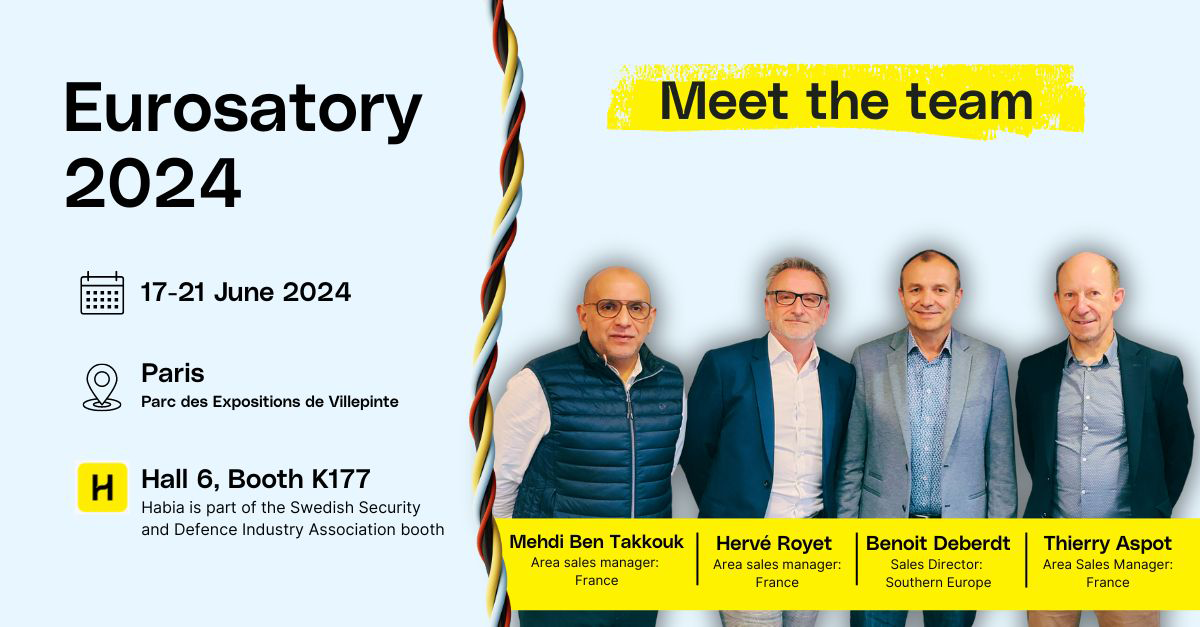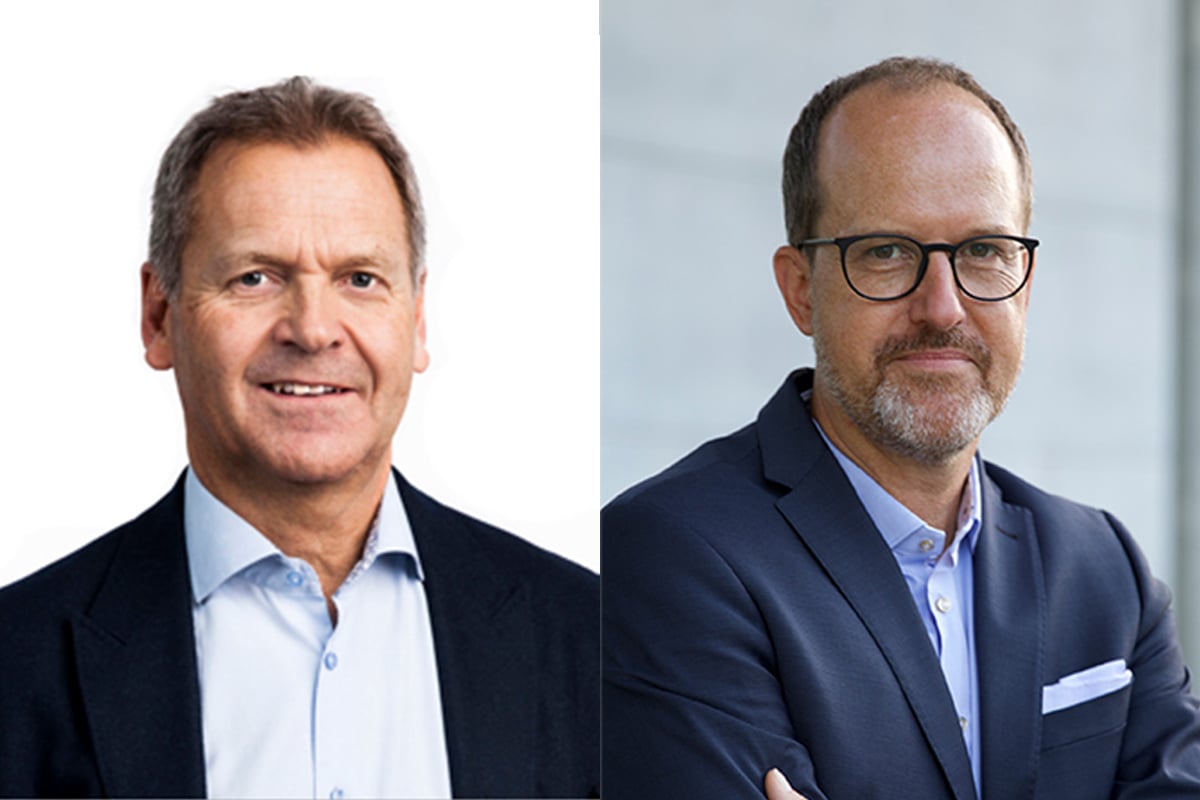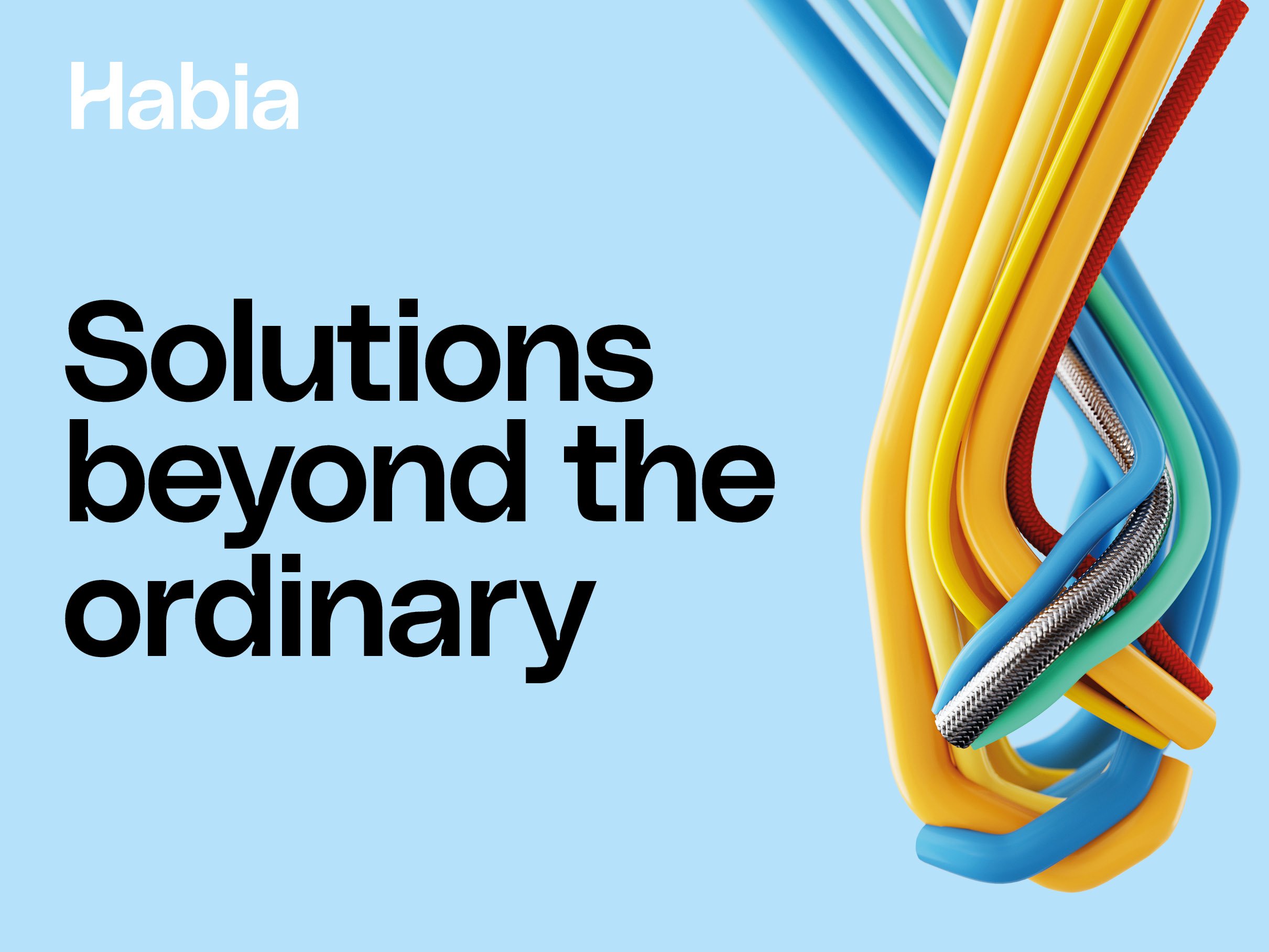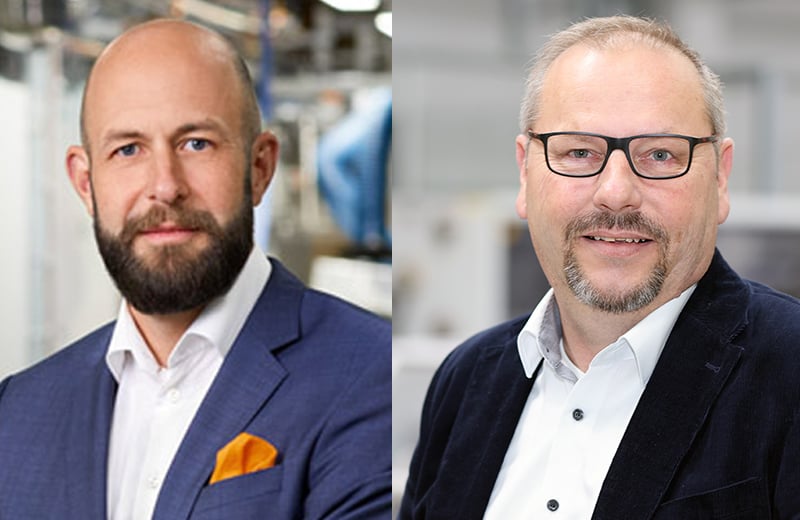Energy policy of the Habia Group (HEW-KABEL Holding GmbH)
Habia Group (HEW-KABEL Holding GmbH) aims to make a further contribution to the conservation of resources and thus climate protection through its energy management system in accordance with the international Standard DIN EN ISO 50001. The Management System applies to all staff, from the delivery of raw materials to the finished product, both in production and administration. We also aim to increase awareness and motivate our suppliers and partners to contribute to energy efficiency.















